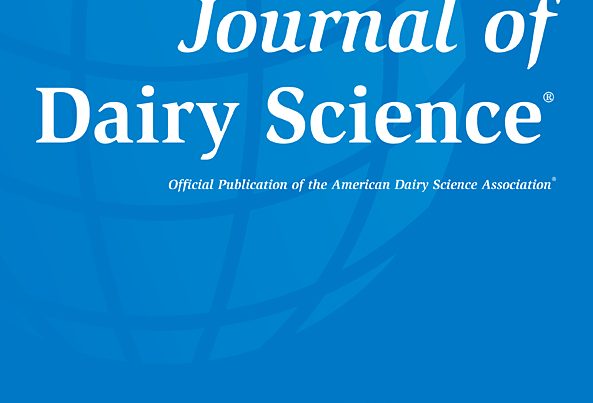Document type : press review of the INRAE Agrobiosciences Mission
Preview: As the US elections, the daily ritual report on COVID19 and hopes of a possible effective vaccine occupy the headlines, there is another piece of news which has not received much attention, involving the very real threat of a return of avian influenza (H5N8) to French poultry farms, where the traumatic memory of the 2005, 2016 and 2017 culls is still a vivid one for both farmers and the public. In the face of this danger from the east, where early outbreaks were identified in Russia and Kazakhstan (reported by France 3 Auvergne Rhône-Alpes), it is now the turn of French poultry, of ducks, geese and other birds, to go into lockdown, with strict protection measures in evidence. We review the press coverage, regioal and national, from Ouest France and Le Parisien, to Le Monde and Le Figaro. […]
Le Figaro, France 3 and Le Monde, all report on a second decree issued by the French Ministry of Agriculture on 4 November 2020: "Since [25/10/2020], infection vectors have increased, with the Netherlands reporting 13 cases among wild animals and a broiler farm outbreak, and Germany reporting 13 cases in wild birds. Then, on 3 November, the United Kingdom also declared its first outbreak in the North-West of England. Given that the threat was now very real, the Ministry decided to strengthen the preventive measures taken against the introduction of the virus on French soil. As of November 6, a lock-down of poultry farms in 46 Departments, from Moselle to the Landes, including the Rhône, Ain, Ardèche and Savoie, was reported across the regional media.
As well as adopting traditional biosecurity measures in the form of a health protocol that must be respected throughout the year and established precisely to avert zoonoses, - the upgrading of these areas to "high" risk status meaks that poultry professionals must now implement a set of stricter measures. These involve: keeping poultry indoors or protecting them with netting, reduction in external run size, prohibition of movement of birds to assembly locations (competitions, fairs or shows) and a ban on the transport and release of game birds [1]. The purpose of these is to nip the spread of the virus in the bud in those areas that lie under the migratory paths of birds potentially carrying the virus. This is a matter of urgency because, as the National Biodiversity Office of the ESA (Epidemiology and Animal Health) Platform warns, "France is affected by these seasonal migrations which are currently ongoing; the peak of migratory arrivals in France often occurs in November".






